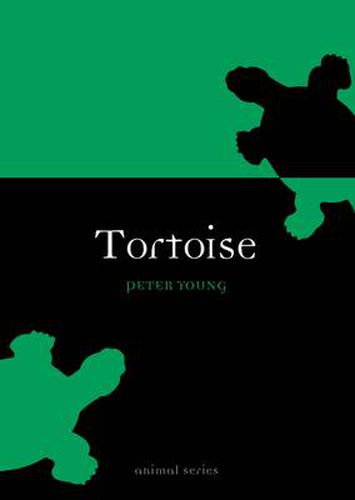Readings Newsletter
Become a Readings Member to make your shopping experience even easier.
Sign in or sign up for free!
You’re not far away from qualifying for FREE standard shipping within Australia
You’ve qualified for FREE standard shipping within Australia
The cart is loading…






Tortoise is the first cultural and natural history of these long-lived and intriguing creatures, which have existed for more than 200 million years. The book covers tortoises worldwide, in evolution, myth and reality, ranging across palaeontology, natural history, myth, folklore, art forms, literature, veterinary medicine and trade regulations. The tortoise has been seen as an Atlas-like creature supporting the world, as the origin of music and as a philosophical paradox. Peter Young examines the tortoise in all these guises, as well as a military tactical formation, its exploitation by mariners and others for food, as ornament (in tortoiseshell), as a motif in art, and in space research. He looks at the movement away from exploitation to conservation and even the uses of the tortoise in advertising. As well as examples of species, illustrations from around the world include monuments, sculptures, coins, stamps, objets d'art, drawings, cartoons, advertisements and X-rays. The book will appeal not only to tortoise lovers but also to readers of cultural histories around the world.
$9.00 standard shipping within Australia
FREE standard shipping within Australia for orders over $100.00
Express & International shipping calculated at checkout
Tortoise is the first cultural and natural history of these long-lived and intriguing creatures, which have existed for more than 200 million years. The book covers tortoises worldwide, in evolution, myth and reality, ranging across palaeontology, natural history, myth, folklore, art forms, literature, veterinary medicine and trade regulations. The tortoise has been seen as an Atlas-like creature supporting the world, as the origin of music and as a philosophical paradox. Peter Young examines the tortoise in all these guises, as well as a military tactical formation, its exploitation by mariners and others for food, as ornament (in tortoiseshell), as a motif in art, and in space research. He looks at the movement away from exploitation to conservation and even the uses of the tortoise in advertising. As well as examples of species, illustrations from around the world include monuments, sculptures, coins, stamps, objets d'art, drawings, cartoons, advertisements and X-rays. The book will appeal not only to tortoise lovers but also to readers of cultural histories around the world.